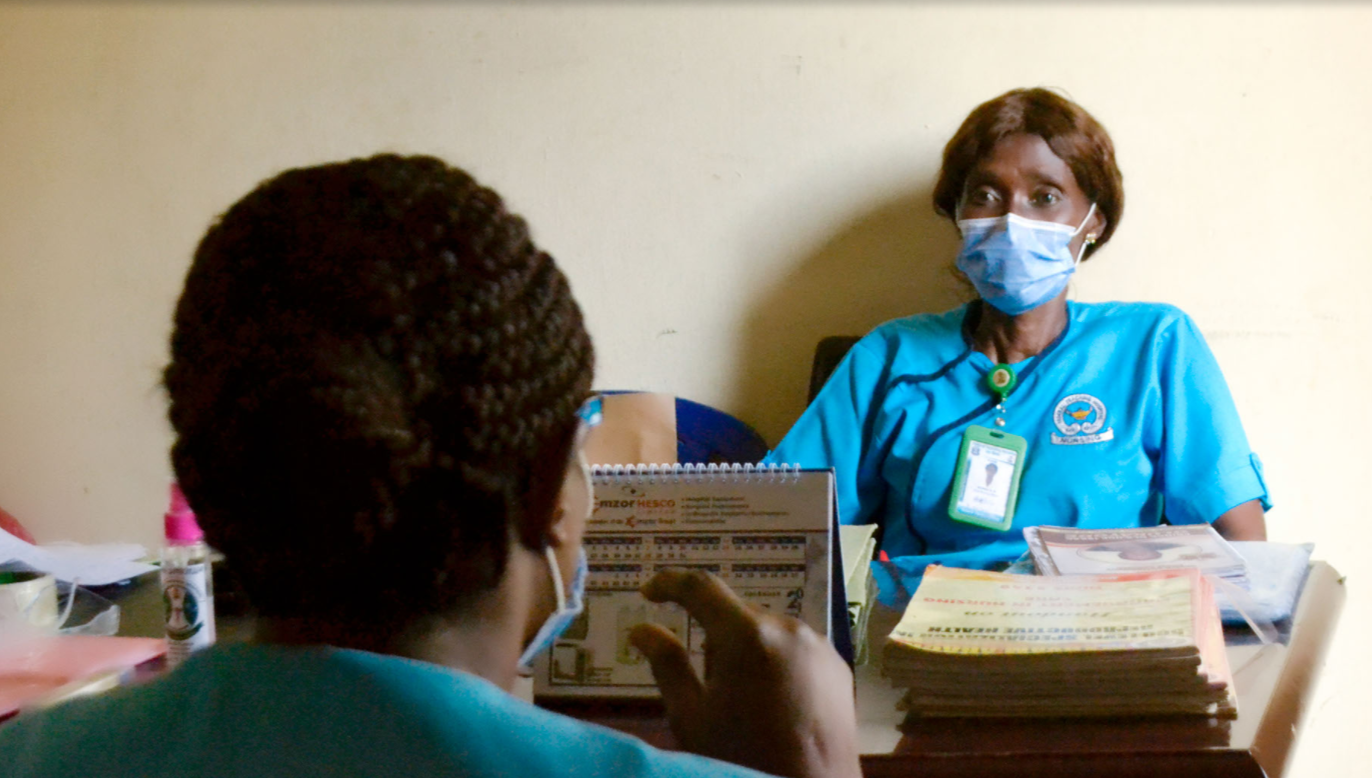This photo story was originally published by USAID.
Designed as a PEPFAR-funded HIV prevention, care, and treatment project, the Meeting Targets and Maintaining Epidemic Control (EpiC) project was mobilized by USAID to respond to COVID-19 clinical care needs in 21 countries including Nigeria.
With a large population and the threat that a pandemic poses, meeting demand for health care services remains an overarching challenge facing Nigeria and the health care workers who treat patients with COVID-19. After over a year of the fight against the COVID-19 pandemic, we’re highlighting four health care workers trained through EpiC. These health care workers share their experiences fighting on the front lines of the COVID-19 pandemic and teach us why investing in their efforts to strengthen service delivery and health systems is more important now than ever before.
Through USAID support, these health care workers showcase how beyond every COVID-19 infection there is a life working to save lives. They represent the dedication health workers have shown over the past year, placing themselves at risk to keep their communities and families safe and to end the COVID-19 pandemic. Their stories are evidence of how important investing in health workers is during the COVID-19 pandemic and beyond.
Access the photo story here.

